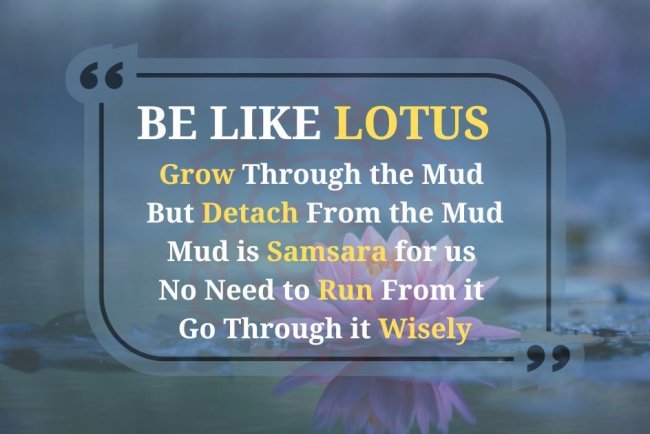A short and quick guide to the Ayurveda science

What Is Ayurveda?
Ayurveda is an ancient Indian system of holistic medicine and the Vedic sister science of yoga. Similar to yoga, its roots lie in the Vedas and Samkhya cosmology. It addresses all aspects of life and health; physical, emotional, mental, and spiritual.
Traditionally, Ayurveda holds the authority on matters of the body while yoga holds the authority on mind management. While each branch of Vedic thought provides its unique holistic paths to self-healing and Self-Realization and can be viewed separately, observing and integrating their profound practices has personally proven essential to a well-rounded practice and lifestyle for me. Beginning with the word itself, Ayurveda can be broken down to mean “life knowledge.”
Ayu = life (referring to all aspects of natural life, from birth to death)
Veda = knowledge
Ayurveda is essentially the culmination of observational and experiential knowledge of cause and effect collected over thousands of years (aka knowledge of life). To better understand manifest creation, Ayurveda (along with Samkhya and yoga) breaks down the natural world into 5 basic elements, or Panchamahabhutas, which can be observed through the varying states of matter.
5 Basic Elements Of The Natural World According To Ayurveda
- akasha (space or ether) - etheric
- vayu (air) - gaseous
- agni (fire) – radiant
- jala (water) - liquid
- prithvi (earth / matter) - solid
The 3 Primal Forces Of Ayurveda (Doshas)
These 5 elements are then further categorized through their combinations into the tridoshas, or 3 primal forces.
- ether + air = vata dosha: “that which moves” (energy)
- fire + water = pitta dosha: “that which transforms” ( light)
- water + earth = kapha dosha: “that which binds” (matter)
So the doshas are just combinations of the observable elements within us. The entire world, including ourselves, is composed of various combinations of these 5 elements, and therefore the doshas. The doshas represent the dynamic forces that govern physiological and psychological functions within the human body. Each individual possesses a unique combination of these doshas, known as their Prakriti, influencing their physical constitution, mental attributes, and overall well-being. The balance of these doshas is crucial for maintaining health, and Ayurvedic practices aim to harmonize and restore equilibrium through lifestyle, diet, and herbal remedies.
Examples Of Psychological And Emotional Characteristics Of The Tridoshas.
Vata dosha is associated with creativity and enthusiasm.
Pitta with intelligence and organization.
Kapha with commitment and compassion.
Curious to learn more about Ayurveda? Join any of our 300-hour YTT courses or 200 hour ayurveda yoga teacher training course in rishikesh where we explore an introduction to the basic healing principles of Ayurveda.
The Functions Of The Doshas In Ayurveda Science
From here, it, of course, gets a bit more complicated, but to begin with, we can understand that the tridoshas create, preserve, and destroy the physical body. In each individual, one of these doshas dominates and is responsible for natural urges and personal preferences towards food, temperature, environment, etc. Ayurveda then defines health, or ārogya, as balance and proper functioning of the doshas within us.
An imbalance of the elements within us is termed a roga, or disease.
Daily, seasonally, and throughout our lifetime, the doshas within us will fluctuate in and out of balance with our lifestyles, habits, and the world around us. The name of the game then lies in consistent awareness and practices that bring us back into balance.
The 3 Main Forces Of The External World
As the individual, so the universe, as the universe so the individual” – Yajur Veda
Much like this quote, Ayurveda explains our inner world of bodily functions relative to the corresponding movements of the outer world. The 3 main forces of the external world you could say are the sun, moon, and wind. They govern the processes of nature and correspond to the primary 5 elements (earth, water, fire, air, and space), and therefore the 3 doshas.
Just as the activities of the sun, moon, and wind affect the climate, seasons, time, and our external environment, they similarly impact our internal environment.
The sun corresponds to pitta dosha, fire, heat, and represents transformative energy and heat. Exposure to sunlight is considered essential for physical and mental well-being, as it stimulates digestion, supports metabolism and enhances vitality. However, excessive exposure can lead to imbalances in the Pitta dosha, manifesting as conditions such as inflammation or irritability.
The moon, cooling in nature and deeply connected to the water element, corresponds to Kapha dosha. Lunar energy is thought to influence emotions, mental stability, and the overall coolness of the body. Activities that align with the lunar cycle, such as adequate sleep during the night, are believed to help maintain emotional balance and support Kapha-related functions.
The wind corresponds to vata dosha, movement, and air. Wind influences movement, communication, and the nervous system. Changes in weather, especially windy conditions, may aggravate Vata, leading to conditions like anxiety, restlessness, or digestive irregularities. Practices that promote grounding and stability, such as warm and nourishing foods, are recommended to balance Vata.
Conclusion
From an Ayurvedic perspective, the key to self-healing and Self-Realization therefore lies in the understanding, acceptance, and care of our constitutions.
What we love about Ayurveda is the different perspectives on life it provides. Rather than viewing natural life processes from an emotional, egotistical, or judgmental perspective, it provides the tools to simply observe, classify, and move forward from an informed and intelligent place.
What's Your Reaction?


























